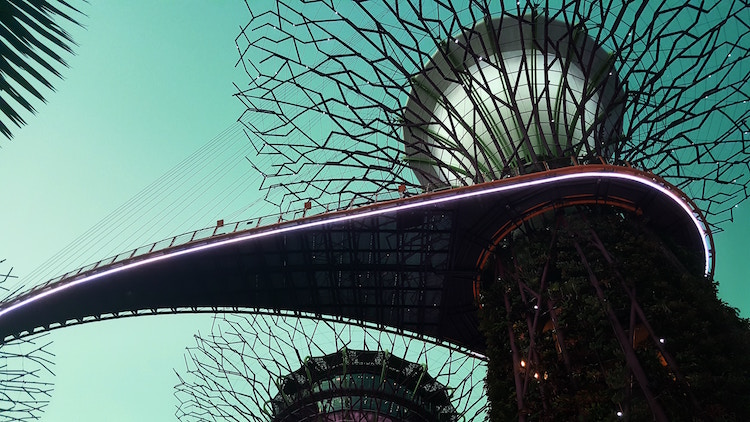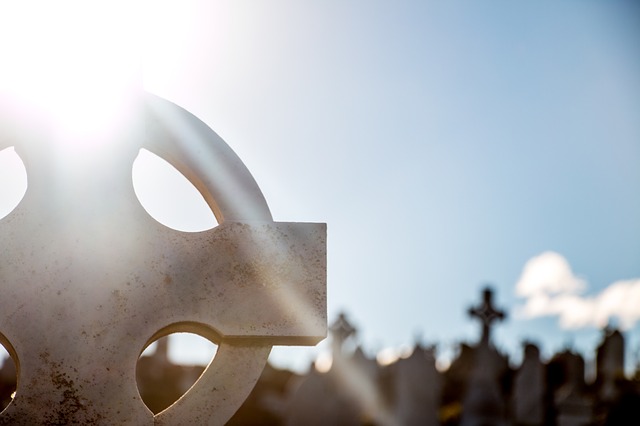The breathless headline in the Aug. 27 editions of a British tabloid had the desired effect, in that it made one do a double-take: “Man claims he is ‘essentially cancer free’ after quitting chemotherapy in favour of cannabis oil — and says it helped to reduce his TWELVE brain tumours by 95 per cent.” The accompanying story related how 30-year-old George Gannon went the CBD route after stopping chemotherapy in December 2018, with dramatic results.
While CBD (which, unlike THC, is believed to be the non-psychoactive element in cannabis) might or might not prove to be a cancer antidote — tabloids, after all, are the very embodiment of fake news — there are signs it might be effective against multiple sclerosis and Parkinson’s. And in June 2018, the FDA approved CBD extract to treat two rare forms of epilepsy.
Much is still to be learned about CBD, but the hype has proceeded and appears to be accelerating. There are claims that it cures PTSD, arthritis, insomnia and depression. That it can slow the onset of Alzheimer’s and Parkinson’s. That it can alleviate anxiety, asthma, autism and anger, and possibly be used to treat addiction.
CBD-infused products have, as a result, flooded the market. There are gummies and lotions and chocolates, and even beers and chocolates and marshmallows. Carl’s Jr., a fast-food chain, even test-marketed a CBD-laced burger in Colorado. It is expected that CBD will be a $16 billion industry in the U.S. by 2025, according to an Oct. 17 New York Times piece.
That same article noted that cannabis had been used for medicinal purposes in Central Asia as far back as 750 B.C. The Times noted in a separate report — a deep dive into CBD-mania that appeared back in May — that usage later spread to Africa and, as a result of the slave trade, South America and the Caribbean. Europe and North America were slower to follow, and pot was driven underground in the U.S. by the Marijuana Tax Act in 1937, not to mention Richard Nixon’s Controlled Substances Act of 1970.
There has been some softening on the legislative front. Particularly noteworthy was the passage of the Farm Bill in 2018, which legalized hemp, a form of cannabis low in THC but high in CBD. There was also FDA approval that same year of CBD in dealing with those two forms of epilepsy, Dravet Syndrome and Lennox-Gastaut syndrome, as mentioned above. (That came about in no small part because of the search on the part of a Colorado mother, Paige Figi, for a cure to the Dravet-induced seizures afflicting her young daughter, Charlotte.)
But studies about CBD’s effectiveness in dealing with PTSD, insomnia, depression and anxiety failed to show a link, and those examining its impact on MS, Parkinson’s and asthma were inconclusive.
The other concern is quality control. A 2017 Journal of American Medicine study of 84 CBD products found that 26 percent had less CBD than advertised, while 43 percent had more.
Suffice it to say we remain on a voyage of discovery when it comes to CBD — that for all the promise and all the hype, there are many questions that still need to be answered. Nonetheless, I, for one, am a proponent of the industry and firmly believe that CBD is a worthy area of investment consideration and represents a budding market that will continue to command consumer attention and drive product demand.






